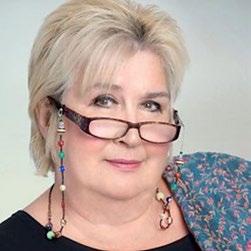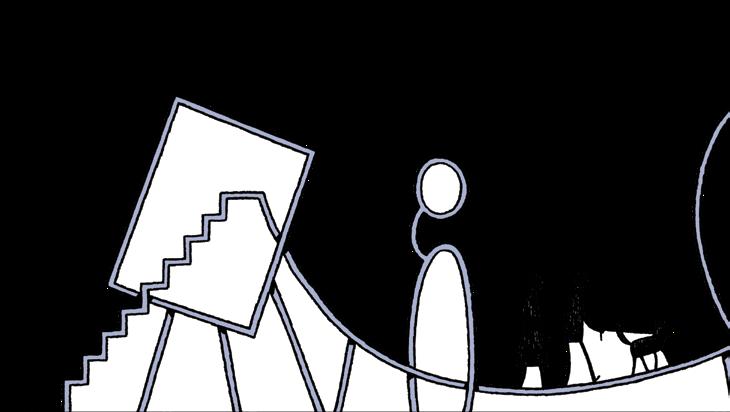Henry Mackenzies’s The Man of Feeling, an 18th-century novel reprinted in the 19th century, was given an ‘Index to Tears’, which mockingly recorded every time a character wept (‘Dropped one tear, no more, p 131). This is a terrifically rewarding and also timely book because everybody today is mired in indexes. When we search the web, Duncan soberly reminds us, we are searching only ‘Google’s index of the web’.
Poor Mrs Dickens! A N WILSON The Turning Point: A Year That Changed Charles Dickens and the World By Robert Douglas-Fairhurst Jonathan Cape £20
The 1851 census was taken on 30th March. This latest book by one of our most beguiling Victorian scholars is by way of being a census of Britain at the time of the Great Exhibition, 170 years ago, seen through the prism of the greatest English imagination of the time. This momentous year found Dickens starting to write Bleak House. In both cases, we feel there is a turning point. With the erection of the Crystal Palace in Hyde Park, Britain was celebrating its arrival as the most successful technocratic, commercial nation in the history of the planet. With the writing of Bleak House, with its two unreliable narrators, many readers have felt that the oeuvre of Dickens changed, and that the modern novel has arrived. Robert Douglas-Fairhurst constructs this Dickensian micro-history around such contentions. We see the novelist – prematurely aged, but as energetic as ever – pouring out journalism in his periodical Household Words; plotting Bleak House; producing and acting in yet another play with Bulwer-Lytton; attending his father’s horrific deathbed; burying an infant daughter; undergoing the famous water cure at Malvern; continuing to busy himself with charitable work, especially at Urania Cottage, the place he and Angela Burdett-Coutts had established for the rescue of ‘fallen women’; and starting to recognise that his marriage was in poor shape while fathering his tenth child in 13 years … poor Mrs Dickens! Robert Douglas-Fairhurst has already written one of the very best books on the novelist – Becoming Dickens – and also what will indubitably be seen as the definitive book about Alice Liddell, Alice’s Adventures in Wonderland. These were near-impossible acts to follow. But
‘The Painter on the Route de Tarascon’ by Vincent van Gogh, 1888. From Studio of the South: Van Gogh in Provence by Martin Bailey (Frances Lincoln, £18.99)
this book is beautifully written and packed with wonders and insight and I shall definitely be rereading it before the year is out. Moreover, by the author’s holding the magnifying glass aloft and allowing the sun to focus on one spot, 1851, the leaf catches flame. Yet while Douglas-Fairhurst convinced me that Britain was changed by the Great Exhibition and, to a lesser extent, that Dickens’s fiction was palpably different after Bleak House, I am less sure that 1851 represented such a violent turning point in Dickens’s life as, say, 1857, when he met the 18-year-old actress Ellen Ternan. That, after all, was the year when his midlife crisis precipitated the end of his marriage and he resolved to undertake the hectic schedule of public readings which were such a drain on his health, and such a
distinctive part of his art and personality. It was on the podium, enacting the murder of Nancy or the trial of Bardell vs Pickwick, that Dickens the man of theatre, Dickens the writer, Dickens the man of masks most fully ‘came out’. This cavil, however, is in no way a criticism of this book, which can be read and richly enjoyed regardless of whether you think this year was indeed a crucial turning point. Douglas-Fairhurst shows that, little as the novelist himself liked it, the Great Exhibition, with its almost grotesque plenitude of curious exhibits, was a ‘Dickensian’ phenomenon. He likened the exhibition to a badly organised bazaar and, much as he admired Joseph Paxton, who created the Crystal Palace, he deplored the arrival of so many foreigners in Hyde Park. He was a tireless campaigner for better The Oldie September 2021 57






































